
Healthcare
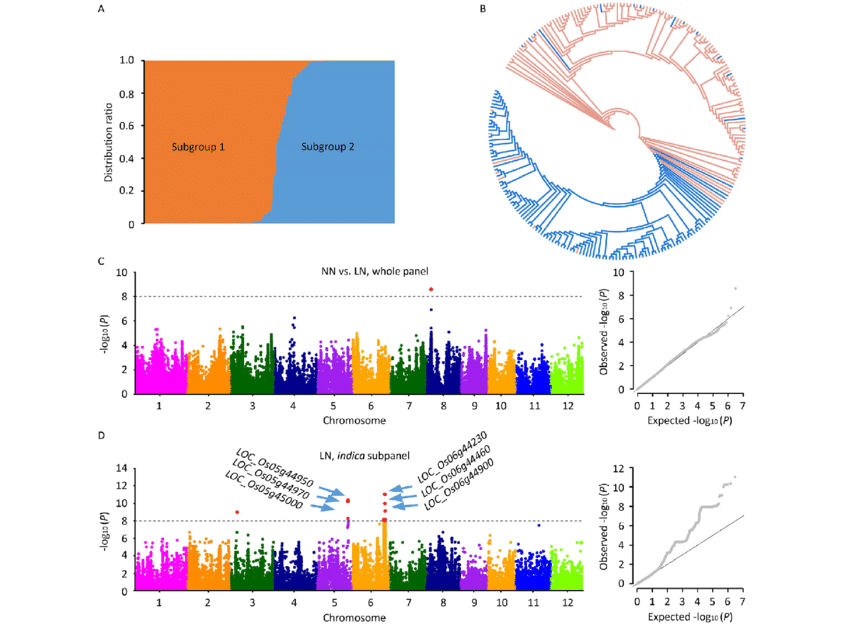
Identification of Candidate Genes for Rice Nitrogen Use Efficiency by Genome-wide Association Analysis; [全基因组关联分析(GWAS)鉴定水稻氮素利用效率候选基因]
【Objective】 The exploration of germplasm and gene resources in rice for high nitrogen efficiency, along with the elucidation of their molecular mechanisms and genetic effects, represents a significant focus and goal within current research efforts on rice nitrogen use efficiency (NUE).【Method】 To identify the variant loci and candidate genes associated with rice NUE, we collected 190 Asian rice accessions as an association population. After thorough filtering and screening, we obtained 3, 934, 195 high-quality single nucleotide polymorphisms (SNPs). Under field conditions, two nitrogen
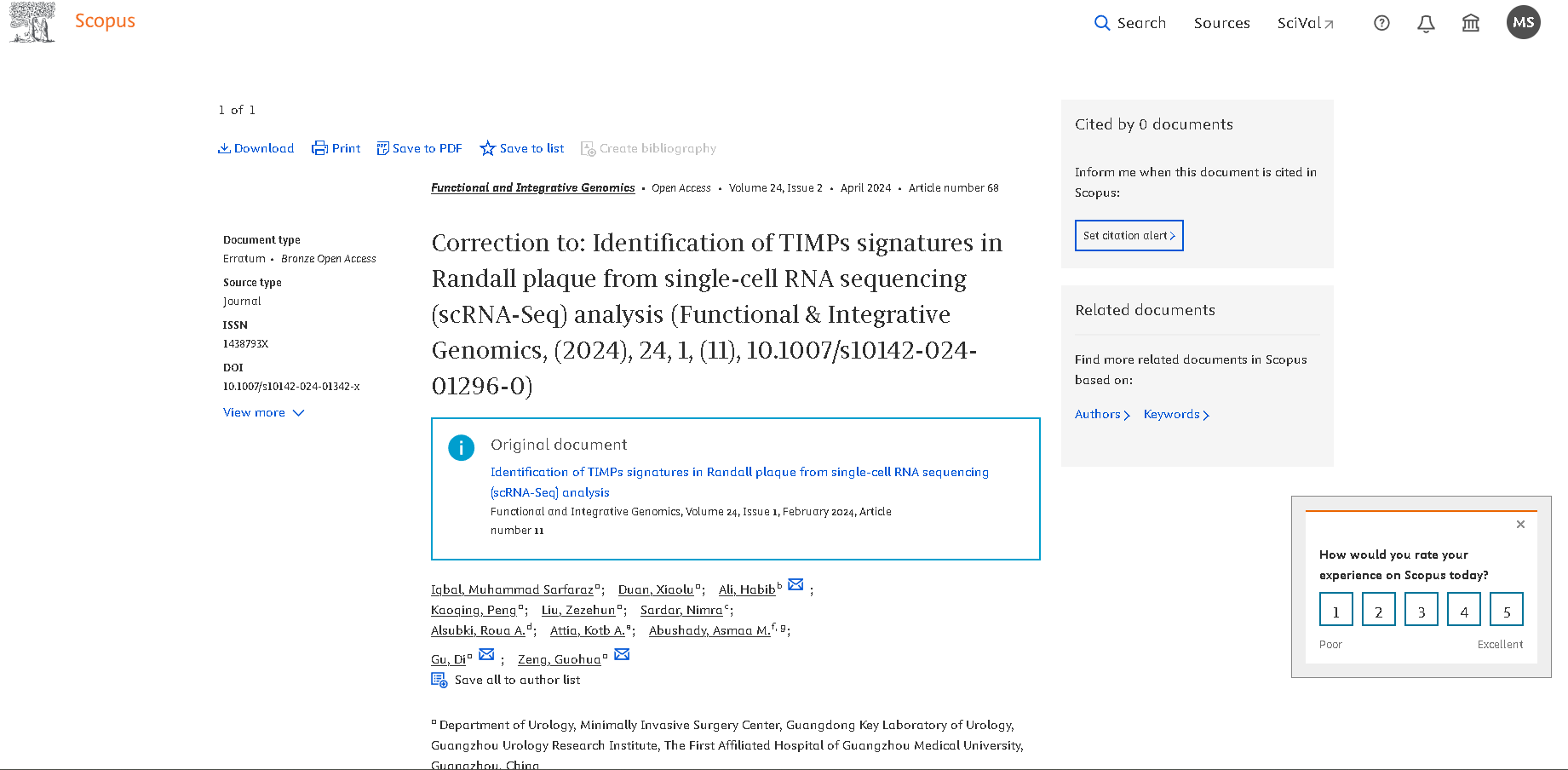
Correction to: Identification of TIMPs signatures in Randall plaque from single-cell RNA sequencing (scRNA-Seq) analysis (Functional & Integrative Genomics, (2024), 24, 1, (11), 10.1007/s10142-024-01296-0)
The original article contains an error. Abstract has been removed during processing. This is now added here. Background Tissue inhibitors of metalloproteinases (TIMPs) are essential for controlling the dynamics of the extracellular matrix. Although their role in vascular diseases like as atherosclerosis and plaque development has been widely researched, the specific patterns of their expression and their functional significance inside Randall plaque tissues, a distinct vascular pathology linked to nephrolithiasis, have not been well investigated. Objectives The objective of this work was to
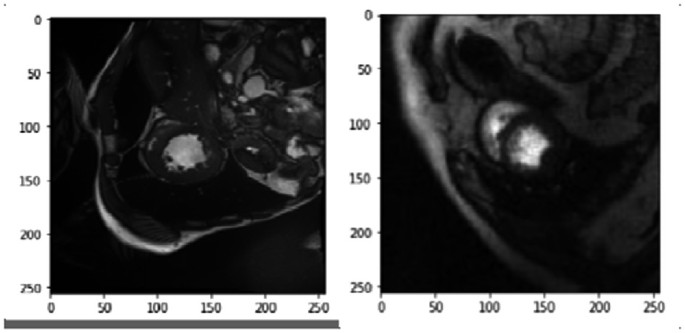
Transfer Learning in Segmenting Myocardium Perfusion Images
Cardiac magnetic resonance perfusion (CMRP) images are used to assess the local function and permeability of the heart muscle. The perfusion analysis requires the segmentation of cardiac inner and outer walls of the left ventricle (LV). However, the available perfusion datasets are limited or have no annotations. A fair dataset was annotated to employ the latest and most effective Deep Learning (DL) methodologies. In this paper, we employ similar cardiac imaging protocols in terms of cardiac geometry by initially training using CINE images and performing domain adaptation to CMRP images using

Unravelling Diabetes-related Pathways Using 16S rRNA Microbiome Data from Human Gut and Nasal Cavity
Type 2 Diabetes (T2D) is a complex chronic illness that affects around 90% of diabetic patients worldwide. Prediabetes is an elementary phase for T2D that is recommended to be early diagnosed to prevent its progression. In this study, we used 16S rRNA data from the gut and nasal cavity of prediabetic and control patients to identify common and exclusive diabetic pathways for each body site. Furthermore, using the Phylogenetic Investigation of Communities by Reconstruction of Unobserved States (PICRUSt) as well as MicobiomeExplorer in the pathway enrichment analysis, we also identified the

Supervised ML for Identifiying Biomarkers Driving the Response to ICBs in Melanoma patients
The Immune Checkpoint Blockade has transformed cancer treatment. Cytotoxic T-Lymphocyte Associated Protein 4 (CTLA4), Programmed death-1 (PD-1) are antibodies that block immune checkpoint proteins that have been FDA approved for treating a variety of cancers including melanoma, renal carcinoma, and non-small cell lung cancer. Immunotherapy tend to stimulate the immune system of patients to detect and kill cancer cells while sparing normal cells by using checkpoints such as CTLA-4 and PD-1, which are molecules on immune cells that are turned on or off to allow the immune response to begin
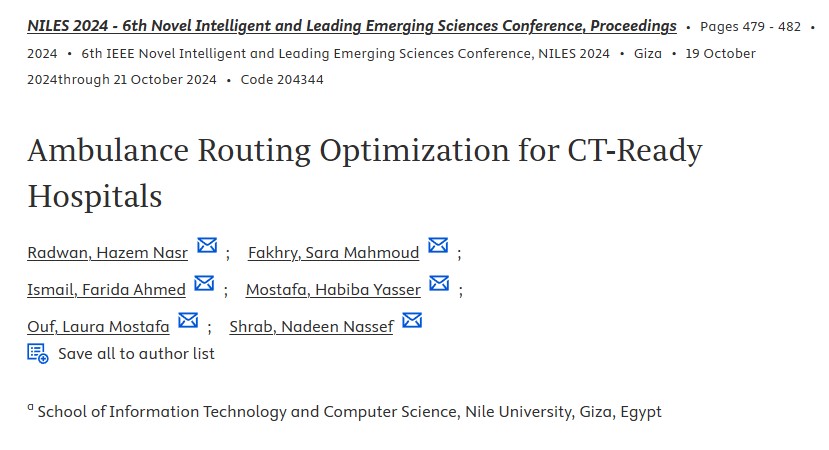
Ambulance Routing Optimization for CT-Ready Hospitals
This paper aims to enhance emergency medical services by optimizing ambulance routes towards hospitals equipped for spiral CT scans with minimal wait times. It integrates real-time data on hospital availability and traffic conditions, utilizing machine learning and smart routing algorithms to predict traffic jams and determine the fastest routes. Additionally, a machine learning model is used to detect the risk level of patients based on reported symptoms, helping prioritize critical cases. It aims to reduce emergency response times, ensuring quicker patient treatment. Preliminary results show
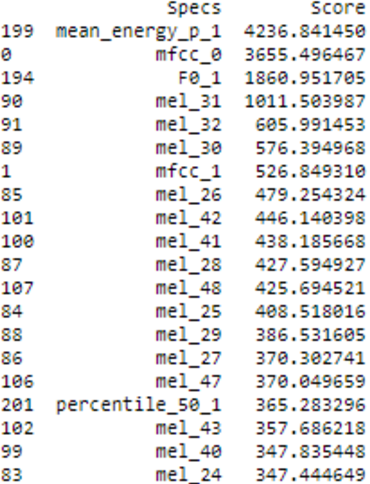
Arabic English Speech Emotion Recognition System
The Speech Emotion Recognition (SER) system is an approach to identify individuals' emotions. This is important for human-machine interface applications and for the emerging Metaverse. This work presents a bilingual Arabic-English speech emotion recognition system based on EYASE and RAVDESS datasets. A novel feature set was composed by using spectral and prosodic parameters to obtain high performance at a low computational cost. Different classification models were applied. These machine learning classifiers are Random Forest, Support Vector Machine, Logistic Regression, Multi-Layer Perceptron
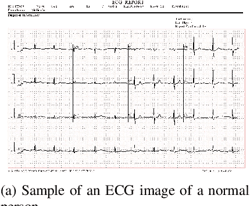
Deep Learning for ECG Image Analysis: A Lightweight Approach for Covid-19 Diagnosis
Since late 2019, Covid-19 has broken out causing immense pressure on healthcare systems worldwide. Fast detection of Covid-19 has become crucial in controlling and slow-pacing the virus outbreak. Innovative methods that are cheap, fast, and accurate for Covid-19 detection are of high importance to aid in the efforts of containment of the disease. In this study a novel method is proposed for Covid-19 detection through analysis of ECG image records. Three models are introduced for three classification schemas, Normal vs Covid-19, Covid-19 vs non Covid-19, Normal vs Covid-19 vs Abnormal HeartBeat
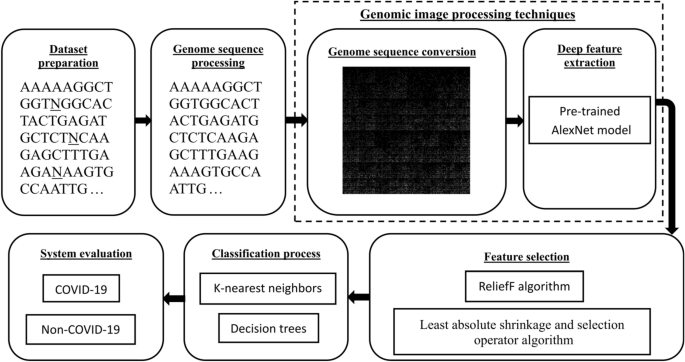
A hybrid deep learning approach for COVID-19 detection based on genomic image processing techniques
The coronavirus disease 2019 (COVID-19) pandemic has been spreading quickly, threatening the public health system. Consequently, positive COVID-19 cases must be rapidly detected and treated. Automatic detection systems are essential for controlling the COVID-19 pandemic. Molecular techniques and medical imaging scans are among the most effective approaches for detecting COVID-19. Although these approaches are crucial for controlling the COVID-19 pandemic, they have certain limitations. This study proposes an effective hybrid approach based on genomic image processing (GIP) techniques to
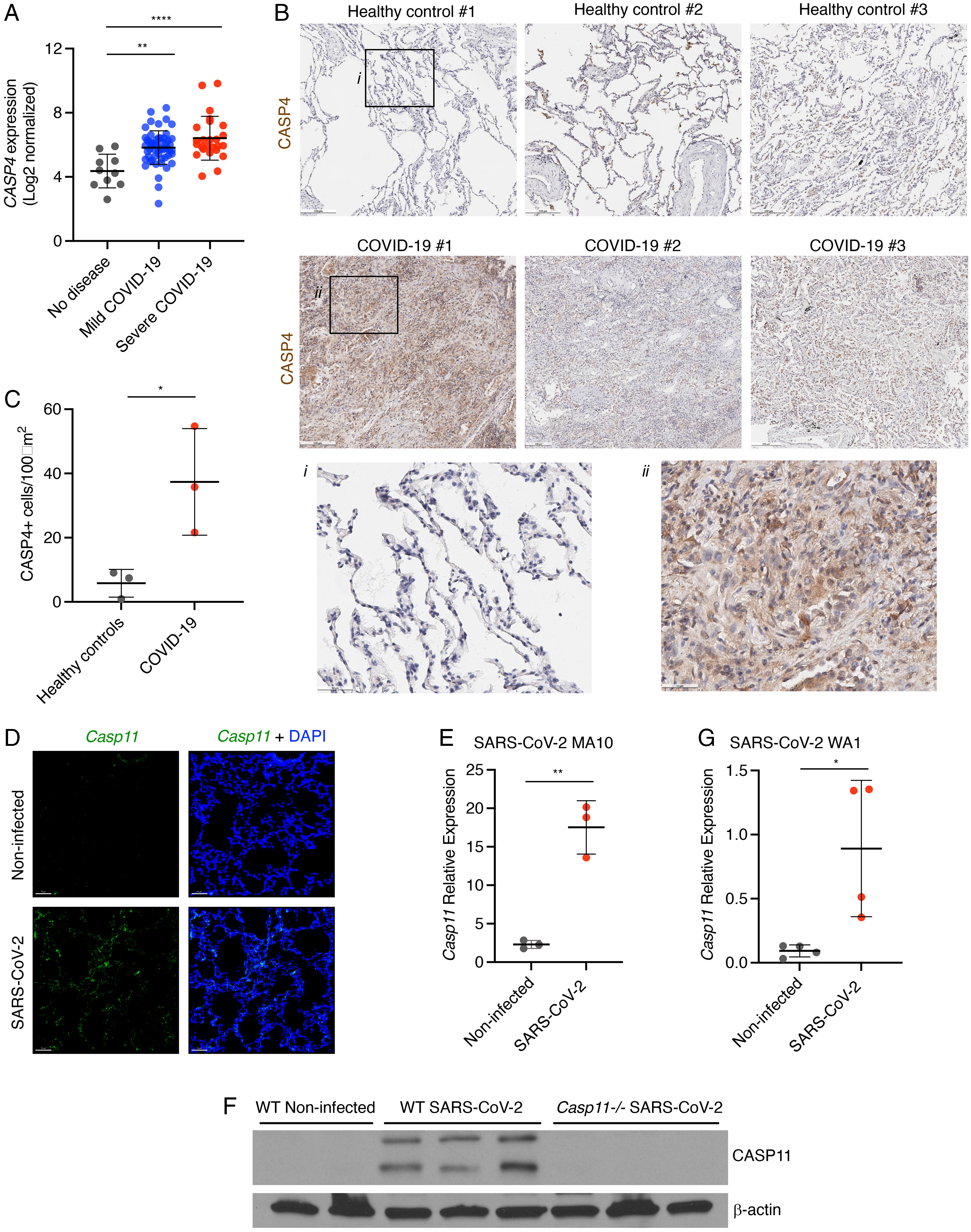
Caspase-4/11 exacerbates disease severity in SARS–CoV-2 infection by promoting inflammation and immunothrombosis
Severe acute respiratory syndrome coronavirus 2 (SARS–CoV-2) is a worldwide health concern, and new treatment strategies are needed. Targeting inflammatory innate immunity pathways holds therapeutic promise, but effective molecular targets remain elusive. Here, we show that human caspase-4 (CASP4) and its mouse homolog, caspase-11 (CASP11), are up-regulated in SARS–CoV-2 infections and that CASP4 expression correlates with severity of SARS–CoV-2 infection in humans. SARS–CoV-2–infected Casp112/2 mice were protected from severe weight loss and lung pathology, including blood vessel damage